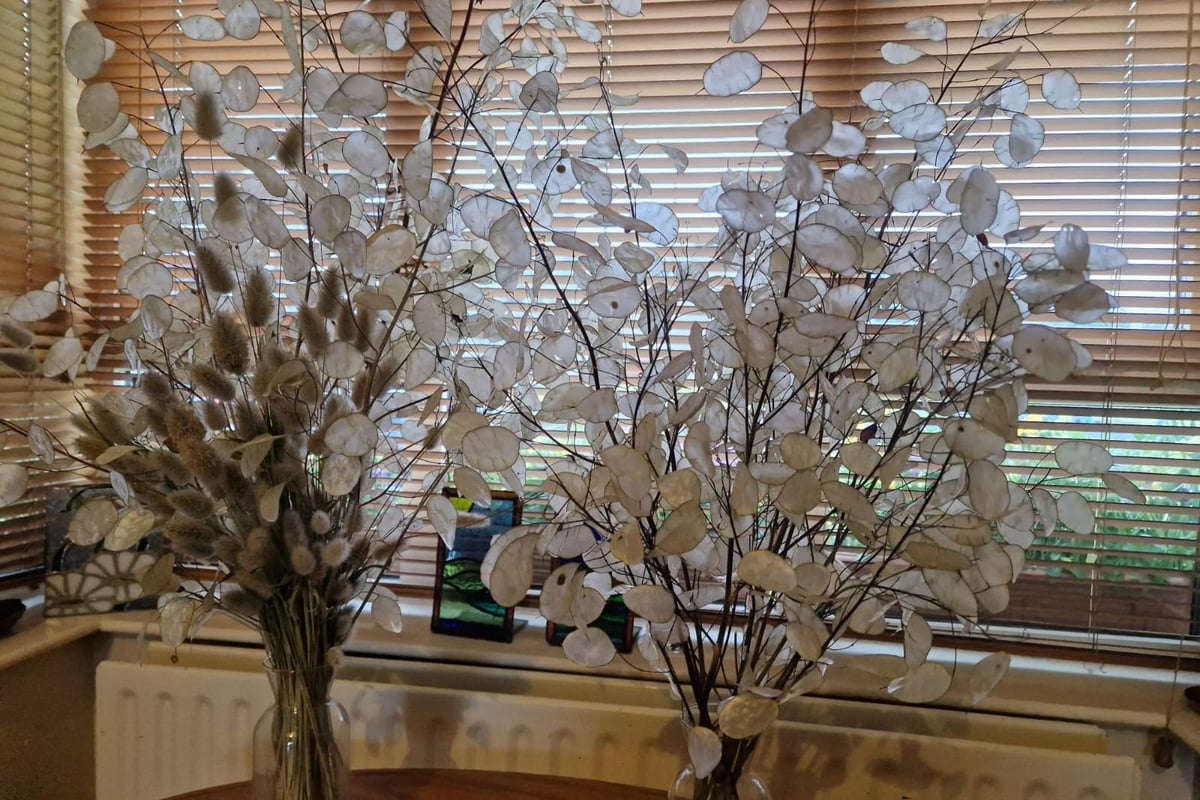By Brendan McDaid
You may never have heard of Honesty, or you may know it by one of its many other names such as Lunaria, Silver Pennies, Thirty Pieces of Silver, Silver Dollars or the Money Plant, but it is one you should consider including in your garden. Native to the Balkans, it鈥檚 a no fuss plant that has become naturalised here and it grows very easily in our climate but is not considered invasive or harmful to native habitats. So what鈥檚 so special about it? Quite a bit actually. First off it鈥檚 a biennial plant that can easily withstand winter frosts. This means you can sow seeds anytime over the next month or so in a tray or pot and plant the young plants out in the ground over winter. Above ground, the plants will look dormant but underground they will be developing a strong root system. Honesty, like some other biennials, has a long tap root which reaches down into the earth and pulls up minerals which help feed not just the plant but healthy organisms in the soil so they can also be beneficial for overall soil health and improving soil. Come the spring the plants will take off and send up big shoots from which a mass or purple or white flowers will blossom through early April into May. This in itself is important because it is a time when little else is flowering in the garden, and because it contains both nectar and pollen it is beloved of hungry bees and other pollinators and a fine meal for them just when they need it most, as well as providing a splash of colour in your garden. While the simple flowers on their 3ft to 5ft tall stalks are attractive, it is when they fade from dark purple to lilac and then morph into circular disc-like seed pods that Honesty is most coveted. It鈥檚 important to let the seed heads develop for a few weeks to a month on the stalks before cutting the stems at the base for drying, especially if you want to save seeds for replanting. Once cut, you can then either just put them straight into a vase or hang them upside down in bundles and leave for a few weeks to dry out properly. You know they are ready when the pods feel like dry paper. Each seed pod has two outer sheets which envelop the seeds and the thin white membrane, which is the part you want to keep. To remove the outer layers just rub the out layers until they come lose and then gently lift them from the plant. The outer leaves make a great mulch and feed the soil once you remove the seeds from them. Honesty gets its name from the fact that you can see how many seeds are in the pod when the light shines on them. When you remove the outer leafs of the pod, the silvery white discs on dark thin stems provide a stunning centrepiece that lasts for years. They are called Lunaria because these stained glass looking discs resemble the moon. To sow, just collect some of the seeds you just shelled and throw into the garden or put in pots or trays of compost and cover lightly. In a few weeks you should have baby Honesty plants and can start the process all over again for more flowers and seedpods next spring. Once a garden favourite back in the 1960s through to the 1980s, Honesty has somewhat fallen out of fashion but you could be a trendsetter by sowing some this summer.
